Sonchihilic
City Districts
1. Port of Friends /
2.The Perch /
3. Tree Place /
4. Rock Place /
5. Díb ˈfúaz Market /
6. ˈKtö́gábac House /
7. Swamp Place /
8. Ancestor Shrine
A Brief History
Sonchihilic, capital city of Soevet prefecture and the largest city in the nation of Del, has stood on the same site for over a thousand years, and perhaps many times that. Betraying any expectations of a place so described, aside from the colossal walls surrounding it, there is relatively little here, and almost nothing antique. Sonchihilic has principally served as a trade hub across its long history, but because native cultural attitudes towards outsiders are xenophobic, cozying up to neighbouring regions has never been much of a priority for its residents; and the Umon system - a cycling form of government unique to Delhiza - has also stymied development, as city rulers enjoy a short reign only and the views and achievements of one tend to be reduced to rubble by the next, often literally. Many Continental historians have frankly wondered how a city came to exist here at all. Iron is the city's principal import, and has been for the ten centuries since Baxtu Swordtooth, a foreign conqueror from Sau-Hezib, waged war against the Delfó people with metallic weapons the latter had traditionally eschewed on account of tribal beliefs in the spiritual properties of wood. After the Swordtooth's reign collapsed, the Delfó immediately struck a deal with the counts of modern-day Chalornok, their lands iron-rich, and in exchange for the mineral agreed to provide steady shipments of nuts, spice, soy, vanilla, medicines, and pelts. Pelts were prized above all by the northern nobles, but tribal law kept Delfó rulers from hunting species identified with their Ntúazí, or totem, and as rulers changed quickly, this trade proved in the end too erratic for the counts to pursue. They continued to sell their iron, but offered a pittance in return given the paltry value of what the Delfó had left to sell, and so the port city into which these wares all flowed failed to reach a state of grandeur. Yet, longstanding ties between the two cultures did net an unspoken friendship, or at least adequate familiarity, and visitors from Arlok thereby remain to the present day a common sight about town. Nearby Relans have not benefitted from the same grace. Bad blood began millenia ago when the Relan Kingdom of Khyr (3100-2600), ambitiously expanding its interests eastwards across the Sea of Svarungh, subjugated the natives of Del through a lightning campaign that established a new frontier of Khyrgint rule. The invaders aggressively stifled indigenous rituals and routines as their administration sunk its claws into the land. Scarcely three decades passed before the Khyr were repelled - single-handedly, by the sorceress Nurhasi, if legend is to be believed - but the wound the occupation inflicted on group pride was much more lasting, and lived on in allegory as a reason the mainlanders should not be trusted. The Cult of the Owl are the most vocal proponents of this ideology in modern times, and the recent influx of Relans into the area has seen their ranks swell notably.
The City Proper
Subdivisions within Sonchihilic's mammoth stone walls are ordered according to the logic of máchˈbac, a spiritual law dividing clans into one of four land types: Rock, River, Tree, and Swamp. Clan members are required to make their homes on a suitable territory. Rock Place, Tree Place and Swamp Place exist for that purpose. River Place no longer bears its name, redubbed by Mayor Dánˈsö́má the Port of Friends, but River clans yet occupy the space. Outside of the city, máchˈbac territories would be accessible only after a formal invitation was extended by the clan head, but in most ways that count, the Delfó are a practical people. Though all take care to respect the boundaries of a máchˈbac, the challenges of living together in a compact urban setting are also widely acknowledged, and travelling through each other's spaces is a reasonably common thing. Because of máchˈbac requirements, the city layout, in contrast to comparably populated settlements on the Continent, is mind-numbingly awkward, with few straight roads, elevated wooden walkways as epic-looking as they are functionally pointless, and a generally shambolic sensibility with regards to what goes where. Where their love of nature has birthed impressively adapted structures in wilder environments, it has so far failed to grant the Delfó very much luck with metropolises. This same love of nature explains why more than half of the city's population resides outside the walls. Outsiders tend to find the "organic" aesthetic either damn annoying, or quite inspiring. The clear simplicity of naming conventions seen with máchˈbac is applied to other areas as well, such as the Díb ˈfúaz Market, ˈKtö́gábac House, and Ancestor Shrine, all of which reference the most important structure in each place, thus one needn't guess about just what's there. Only "Port of Friends" approaches any kind of poetry, and this for the targeted purpose of appealing to outsiders.
On this note: the Mayor pursues trade with the outside world, and Rela in particular, with a passion most unusual for a Delhizan ruler. In the view of some, he has been too willing to bend or even break the strict cultural laws of the Delfó to please those who know or care nothing about their sacred ways. And so the mood in the streets (or more accurately, the winding dirt paths) is tense. "It is bad enough the foreigners are here, but even our ruler has become one." is a frequently grumbled refrain. His supporters, conversely, see Mayor Dánˈsö́má as an emissary of peace, who does his best to live up to the ancient charter of the city, which describes Sonchihilic as a place for all tribes. The Mayor makes his home in the Manse of High Tribe, near ˈKtö́gábac House.
Demographics
Most of the city's residents are Delfó, natives of Del. This term, however, was created to rally national sentiment more than anything and in fact denotes an ethnically diverse group comprised of the Cágsh, from Soevet and Bato prefectures; the Géx, from Copolo and Arra; and the ˈyǘmǘ, from Ersalgo. There are also the Azoˈnúktum, close relatives of the Delfó from the country of Azon, who enjoy good relations with their southern cousins. The only group from Sau-Hezib permitted in Del are the diplomatic envoys from the míyé family, under the banner of the Black Crocodile. Sau-Hezibans are otherwise loathed, and even the míyé are barely tolerated. There are more Hil:u roaming about these days than ever, given that mining operations in their home in Mador is the major source of foreign traffic from the Continent. Delfó care little for these folk as well, but regard them as simply ignorant and backwards, as opposed to scheming and feckless, like those lousy Sau-Hezibans.


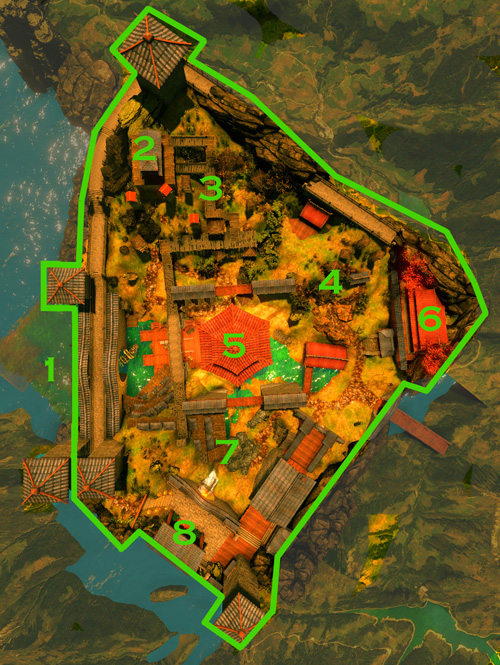
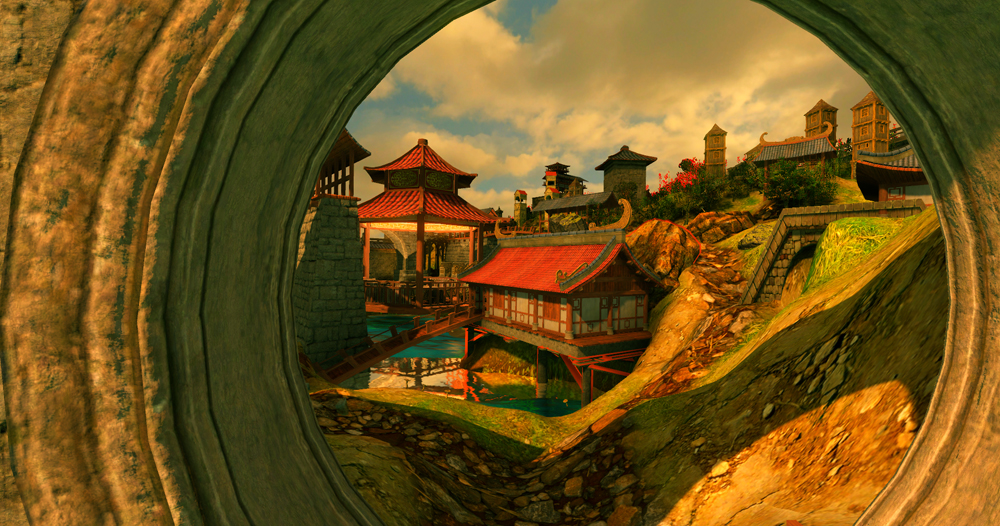
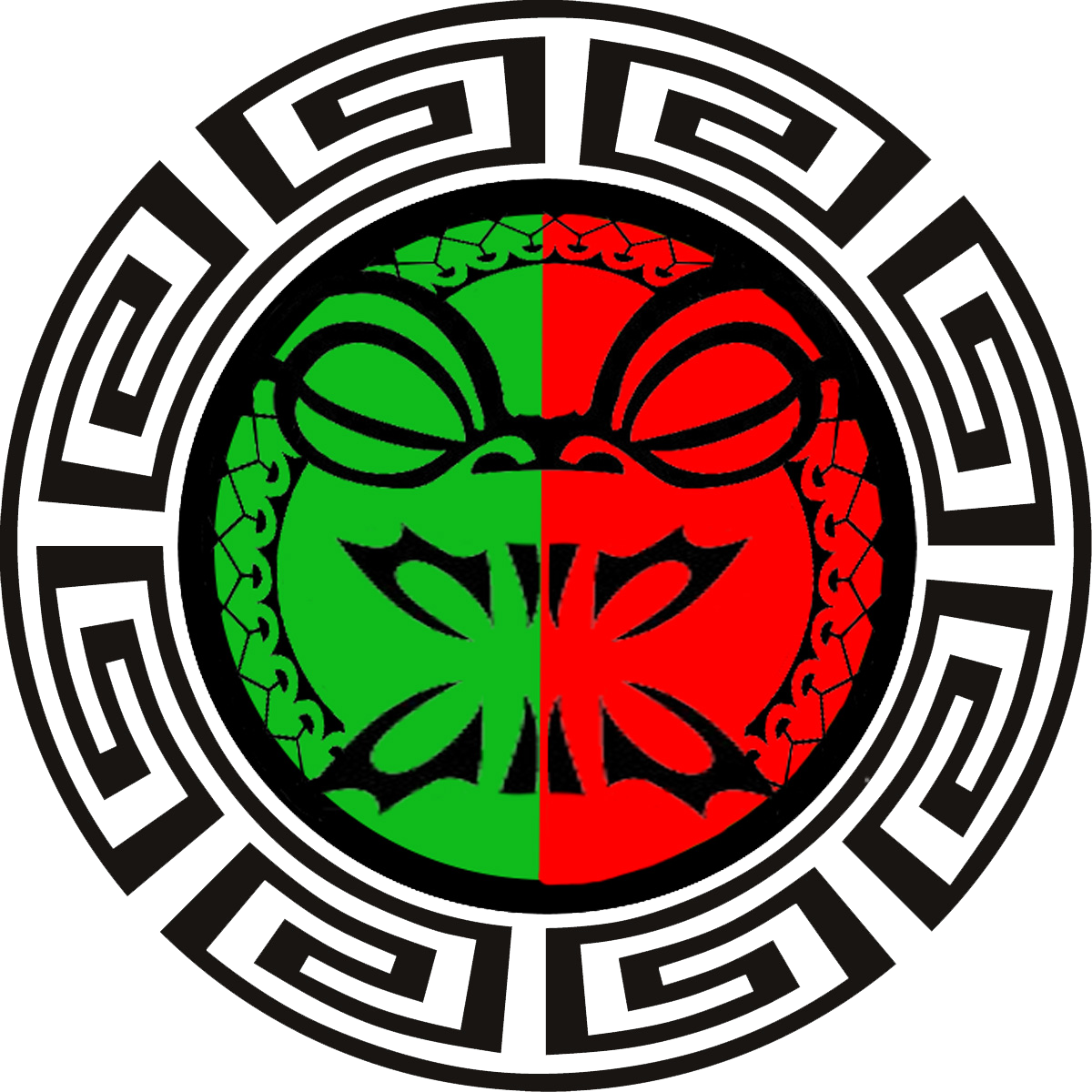
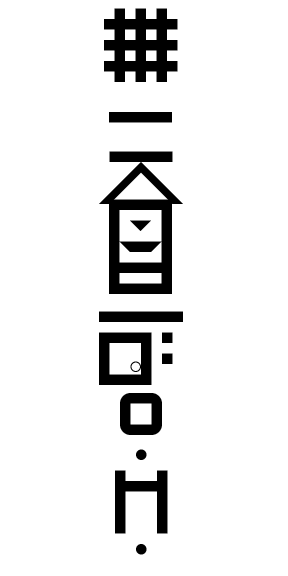
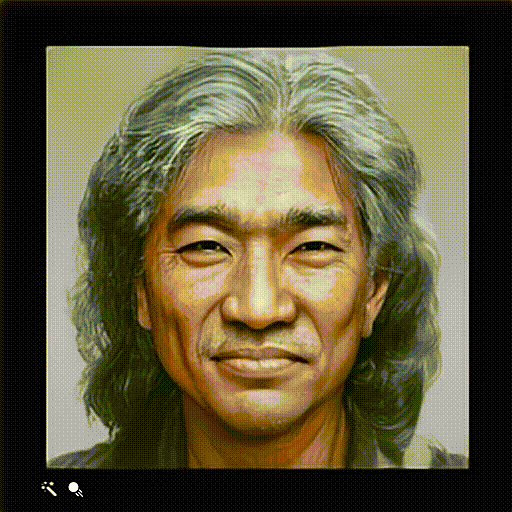

Comments